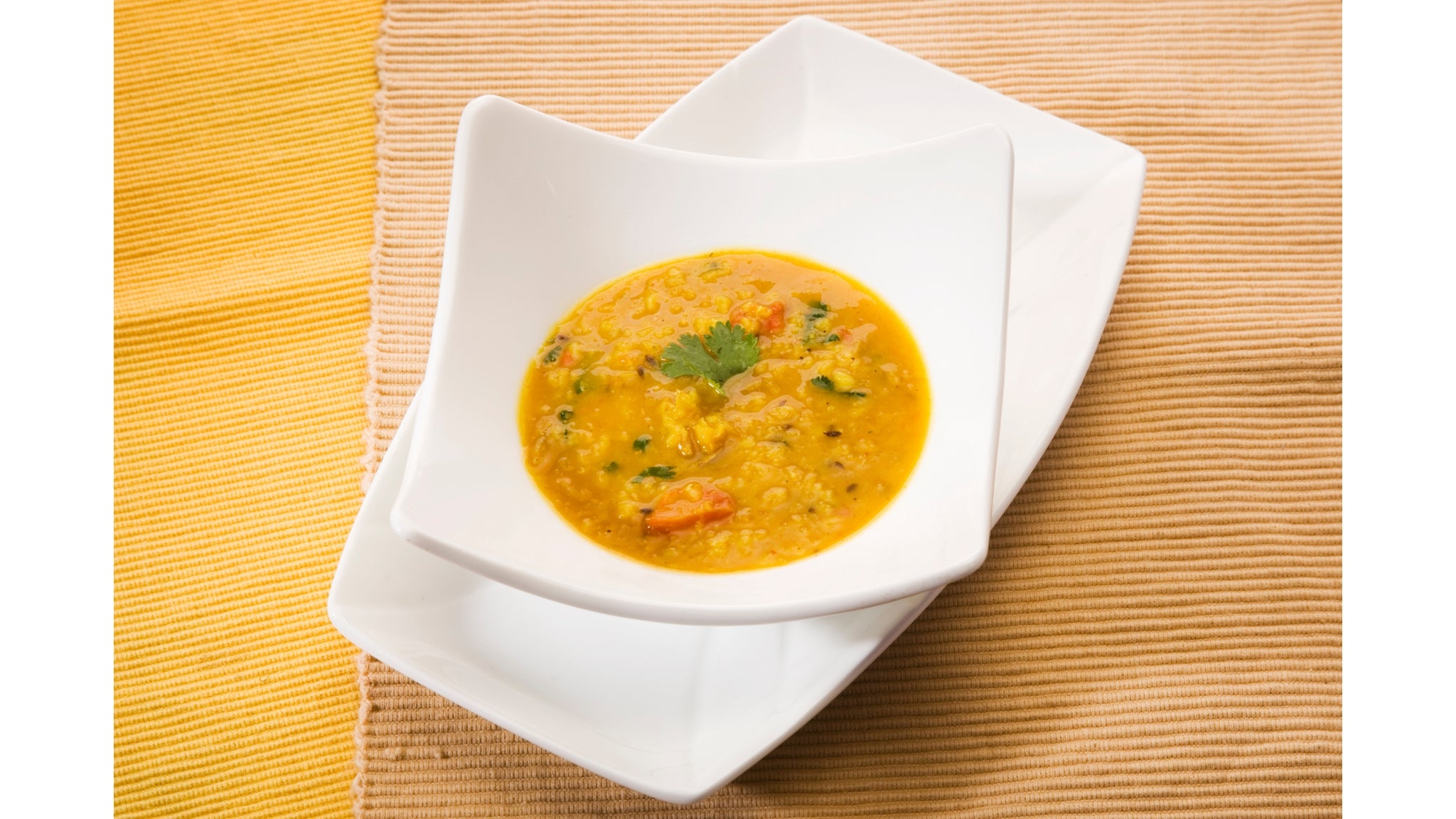
Spring Cleanse with Tiktakam Kwatham

In Ayurveda, seasonal cleansing is an important practice to help maintain optimal health. Tiktakam Kwatham is one of the herbal formulations that is commonly used in Ayurvedic seasonal cleansing, also known as Panchakarma.
Tiktakam Kwatham is traditionally used during the spring season when there is an accumulation of ama or impurities in the body. The main herbs in Tiktakam Kwatham, such as patola, neem, and katuka, are known to have detoxifying and cleansing properties.
Overview How Ayurveda Utilizes Tiktakam Kwatham During a Spring Cleanse
- Preparation: Before starting the cleanse, it is recommended to prepare the body by following a specific diet for a few days. This may include consuming light and easy-to-digest foods, avoiding processed foods, and increasing the intake of fluids.
- Dosage: Tiktakam Kwatham is typically consumed in the form of a tea decoction or tablet. The recommended dosage may vary depending on the individual's constitution and health condition. We recommend consulting with an Ayurvedic practitioner for the proper dosage.
- Cleansing: During the cleanse, it is recommended to follow a specific diet and lifestyle routine to support the body's natural cleansing processes. This may include consuming warm and light meals like kichari, avoiding heavy and oily foods, practicing gentle yoga or meditation, and getting adequate rest and sleep.
- Follow-up: After completing the cleanse, it is important to gradually reintroduce healthy whole foods and activities back into the routine to avoid overwhelming the body. It is also recommended to continue following a healthy diet and lifestyle to maintain the benefits of the cleanse.
Tiktakam Kwatham helps support the body's natural detoxification process and promote overall health and wellness. We always recommend consulting a qualified Ayurvedic practitioner before starting any cleansing or herbal regimen.
If you have any questions about how to use Kottakkal products, you may schedule a free 15-minute consultation here.
Disclaimer: These statements have not been evaluated by the Food and Drug Administration. Kottakkal Ayurveda products and information are not intended for use in the diagnosis, treatment, cure, or prevention of any disease. If you have serious, acute, or chronic health problems, please consult a trained health professional. If you are seeking the advice of a trained Ayurvedic professional, call (800) 215-9934 or email us at contact@kottakkal.shop. We will provide you with information to consult with Ayurvedic professionals. Always check with your doctor before taking herbs when pregnant or nursing.
Also in Healing with Kottakkal Ayurveda

Sadhaka Pitta: The Bridge Between the Heart and Mind
Ayurveda recognizes sub-doshas within the three main doshas (vata, pitta, kapha). These sub-doshas manage specific functions in the body and mind. Similar to the main doshas, they can become imbalanced. Sadhaka Pitta, a sub-dosha of pitta, acts as a bridge connecting the heart and mind. It plays a crucial role in processing life experiences and the resulting emotions.

An Ayurvedic Solution for Acne

Spring is Kapha Season
Spring is kapha season and the time when kapha transforms from its winter solid state (ice and snow) to its spring liquid state (rain and mud). When the weather warms and melts kapha the same thing happens inside our bodies. For people with imbalanced kapha, the liquid state can make respiratory and digestive symptoms seem worse. Symptoms of imbalanced kapha include morning sinus congestion, dripping nose, watery eyes, low appetite, nausea, and feeling sluggish.


Julie Wardwell